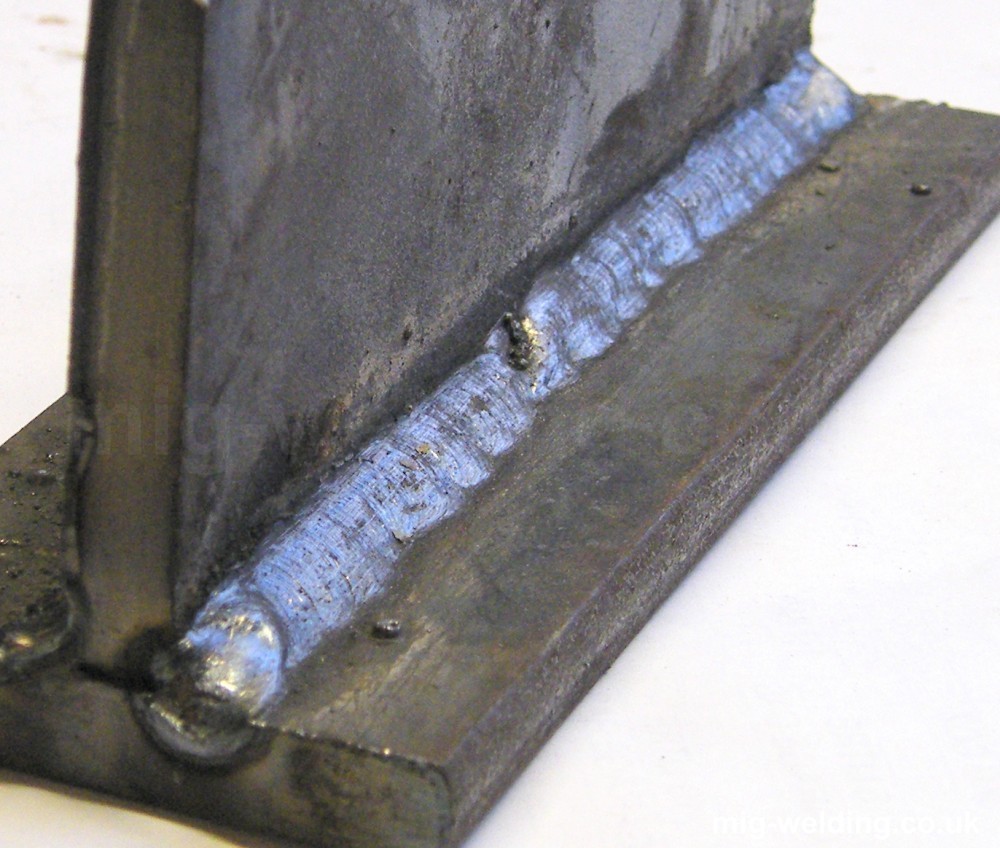Expert Strategies for Preventing Weld Undercut Successfully
Expert Strategies for Preventing Weld Undercut Successfully
Blog Article
Mastering the Art of Welding: How to Avoid Undercut Welding Issues for Flawless Construction Outcomes
Efficiency and accuracy are paramount on the planet of welding, where also the smallest imperfection can endanger the architectural stability of a produced item. One usual obstacle that welders face is damaging, an issue that can lead and compromise a weld joint to pricey rework. By recognizing the source of undercut welding and executing reliable methods to avoid it, welders can elevate their craft to new levels of excellence (Preventing weld undercut). In the search of remarkable manufacture outcomes, understanding the art of welding to prevent undercut concerns is not simply an ability yet a necessity for those pursuing perfection in their work.
Recognizing Undercut Welding

To prevent undercut welding, welders should make sure proper welding specifications, such as readjusting the current, voltage, travel rate, and keeping the right electrode angle. By comprehending the causes of undercut welding and executing preventive measures, welders can accomplish top quality, structurally sound welds.
Reasons For Undercut in Welding
Recognizing the aspects that add to damage in welding is necessary for welders to generate high-grade, structurally audio welds. When the weld metal does not properly load the groove developed in between the base metal and the previously deposited weld metal, damaging happens. Several variables can cause damage in welding. One common reason is too much heat input. Welding at high temperature levels for extensive durations can result in the base metal thawing greater than wanted, leading to damage. Poor welding wrong or current welding speed can also add to undercut. Insufficient current may not supply sufficient warmth to thaw the base and filler metals adequately, while too much speed can stop appropriate fusion, triggering undercut. Furthermore, incorrect electrode angles or inaccurate lantern control strategies can produce areas of low weld steel deposition, advertising undercut. Comprehending these causes and carrying out correct welding methods can aid protect against damaging problems, ensuring long lasting and strong welds.
Methods to avoid Undercutting

To reduce the risk of undercutting in welding, welders can employ critical welding techniques aimed at enhancing the quality and integrity of the weld joints. One efficient technique is to change the welding parameters, such as voltage, current, and travel speed, to make certain correct heat input and deposition. Keeping an appropriate electrode angle and ensuring consistent traveling speed can additionally assist protect against undercut. In addition, using the appropriate welding technique for the particular joint configuration, such as weave or stringer grains, can add to lowering undercutting. Preventing weld undercut.
Using back-step welding techniques and managing the weld bead profile can also aid disperse warm evenly and minimize the danger of undercut. Routine here evaluation of the weld joint during and after welding, as well as implementing top quality guarantee steps, can aid in detecting and resolving damaging concerns immediately.
Relevance of Correct Welding Criteria
Picking and maintaining ideal welding specifications is essential for attaining successful welds with very little defects. Welding parameters describe variables such as voltage, current, take a trip speed, electrode angle, from this source and securing gas flow rate that directly affect the welding process. These parameters must be very carefully adjusted based on the kind of material being bonded, its thickness, and the welding method used.
Appropriate welding parameters guarantee the correct amount of warm is applied to melt the base metals and filler material consistently. If the parameters are established as well high, it can cause too much warm input, creating burn-through, distortion, or spatter. On the various other hand, if the specifications are too low, incomplete fusion, lack of penetration, or undercutting might occur.
Top Quality Guarantee in Welding Procedures

Final Thought
Finally, mastering the art of welding needs an extensive understanding of undercut welding, its causes, and methods to avoid it. By making sure proper welding criteria and carrying out quality control methods, flawless fabrication results can be achieved. It is crucial for welders to constantly pursue excellence in their welding operations to avoid undercut problems and produce top notch welds.
Undercut welding, a common issue in welding processes, occurs when the weld metal doesn't properly fill the groove and leaves a groove or clinical depression along the bonded joint.To protect against undercut welding, welders ought to ensure correct welding specifications, such as changing the current, voltage, travel speed, and preserving the proper electrode angle. Inadequate welding current or wrong welding speed can likewise contribute to undercut.To alleviate the risk of undercutting in welding, welders can employ critical welding techniques aimed at boosting the high quality and honesty of the weld joints.In verdict, grasping the art of welding requires a thorough understanding of undercut welding, its reasons, and techniques to prevent it.
Report this page